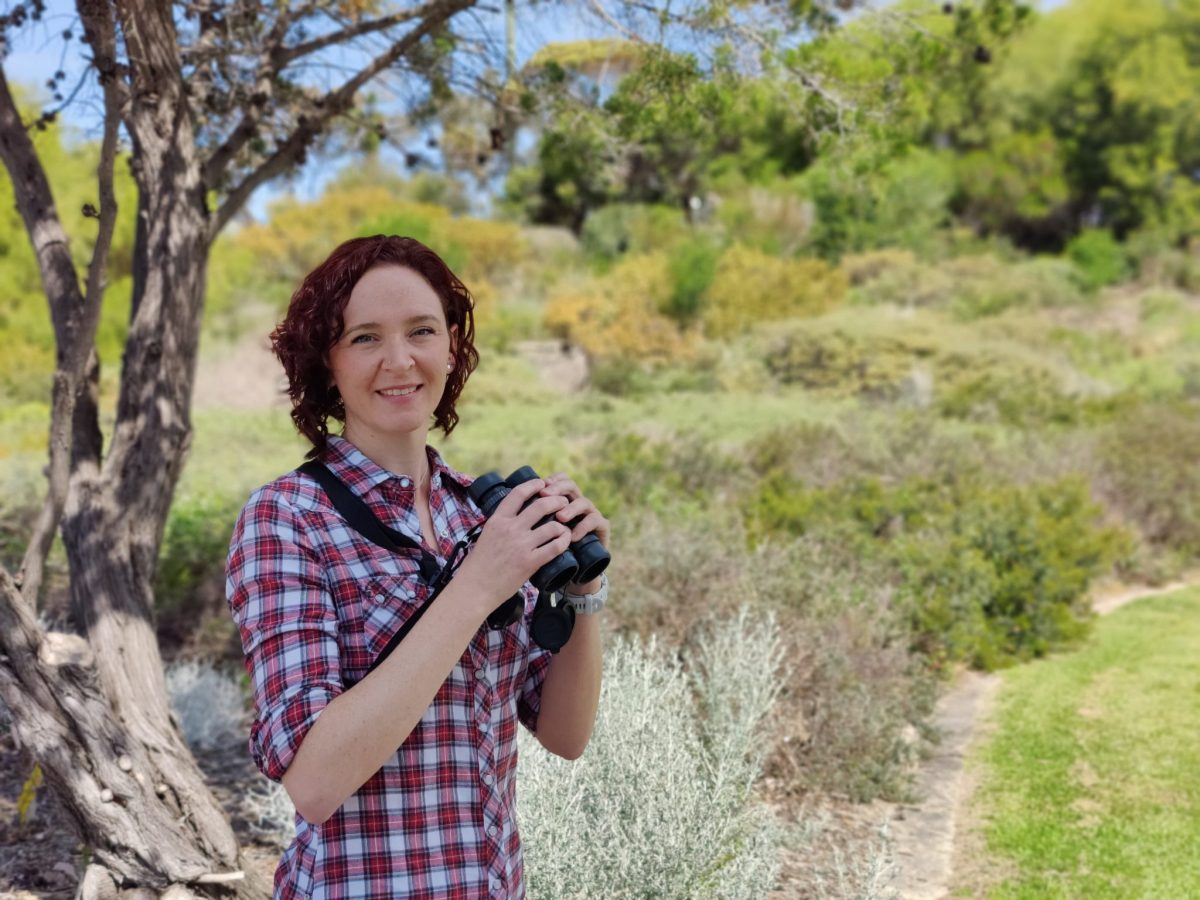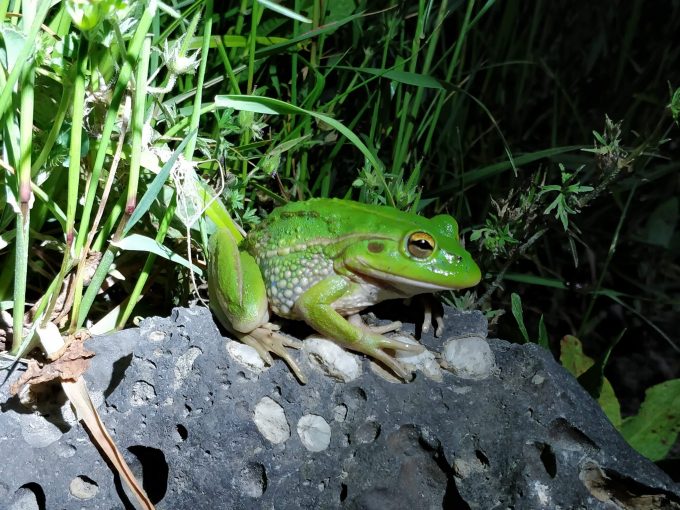Dr Holly Kirk has been awarded an ARC Early Career Industry Fellowships for her project “Spatial planning to implement biodiversity sensitive urban design (BSUD) across scales and contexts”.
With growing recognition of the benefits urban nature has for human wellbeing, developers, planners and designers are urgently seeking ways to enhance biodiversity within urban areas.

With this new project, Dr Kirk will develop an open access online tool to help industry professionals prioritise places for biodiversity action, and to quantify the potential impact of different design and planning scenarios on urban nature.
“Understanding how the restoration of habitat affects the distribution and connectivity of wildlife populations is central to urban planning, but currently few urban planning tools exist that can be used for this purpose,” Dr Kirk said.
“Many governments and developers are working to create urban areas that can benefit native species by planning for habitat restoration and protection. It’s exciting to see frameworks such as Biodiversity Sensitive Urban Design (BSUD) being used to improve outcomes for nature, but urban planners and designers need help to optimise implementation. The new project will address this by developing methods, guidelines, and a software tool enabling industry to use biodiversity modelling for the spatial assessment of BSUD.”
The Industry Fellowship means that Dr Kirk will develop the work with partners looking to use the online tool for different reasons. While partners Lendlease, need to understand how to develop sites in a way to generate positive impacts on nature, Knox City Council and consulting firm WSP, the other project partners, are looking for a tool that will help quantify how different areas within a city contribute towards biodiversity.
“Planning for urban nature is complex and requires appropriate tools for making evidence-based decisions. This project will enable quantitative assessment of BSUD actions, and more efficient decision-making methods for urban nature restoration.”





